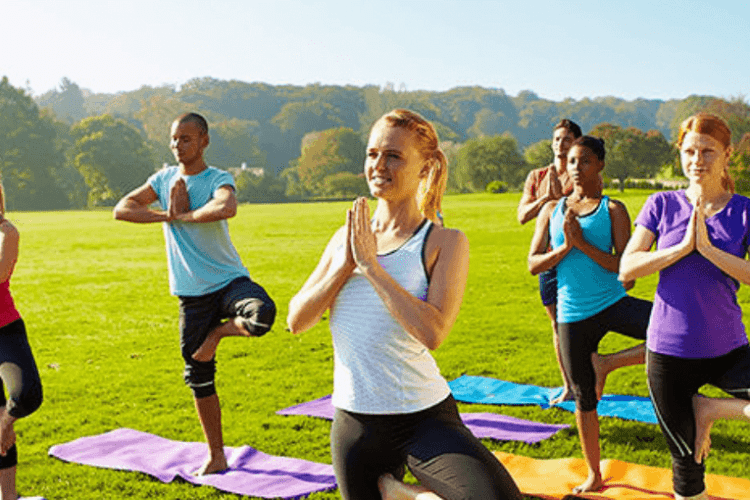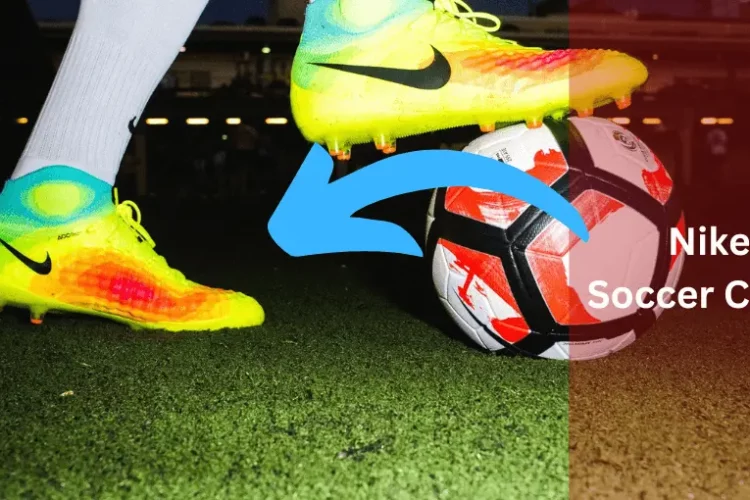How to Kayak Like a Pro: A Beginner’s Kayaking Tutorial
As someone who loves adventure and being out on the water, kayaking has quickly become one of my favorite activities. In this guide, you can learn how to kayak properly
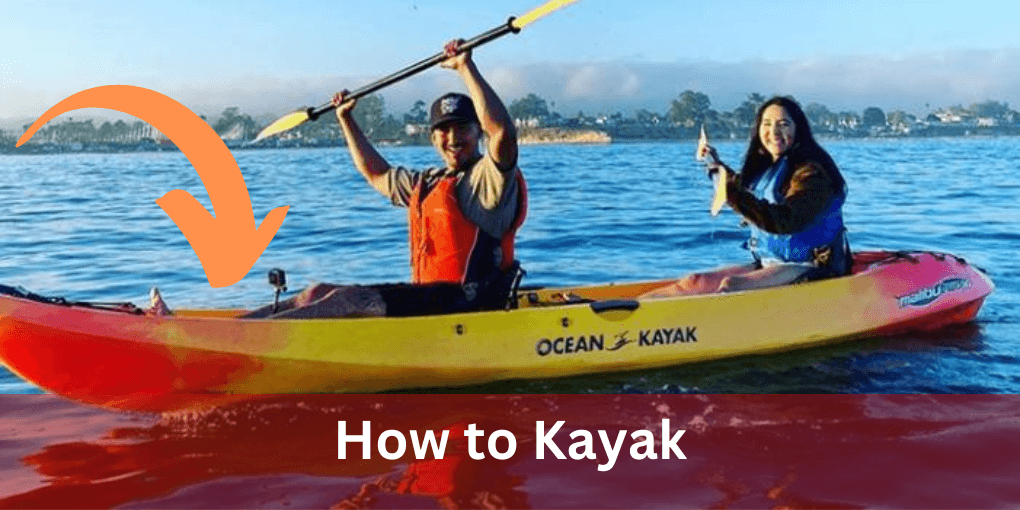
Whether you’re exploring calm lakes, navigating gentle rivers, or tackling rapids, kayaking provides a unique and thrilling experience.
It allows you to connect with nature and challenge yourself. It’s a low-impact sport that can be enjoyed by people of all ages and skill levels.
For me, one of the best things about kayaking is the freedom it provides. Whether you’re kayaking solo or with friends, it’s an activity that’s sure to bring a sense of calm and rejuvenation.
So, if you’re interested in trying kayaking for yourself, you’re in for a real treat! Just be sure to come prepared with the right equipment and knowledge to ensure that your experience is safe and enjoyable.
Benefits of Kayak
As someone who has been kayaking for a while now, I can attest to the numerous benefits that this sport has to offer. First and foremost, kayaking is an excellent form of physical exercise.
It provides a full-body workout and can improve your cardiovascular health. Paddling requires strength, endurance, and balance, all of which can be improved with regular kayaking.
In addition to the physical benefits, kayaking is also a great way to reduce stress and anxiety.
Away from the bustle of daily life, being on the river and surrounded by the sounds of nature has a relaxing and healing impact.
Whether you’re kayaking solo or with friends, it’s a great way to disconnect and recharge.
Kayaking is also an excellent opportunity for adventure and exploration. With a kayak, you have the freedom to access areas that may be difficult or impossible to reach on foot.
Kayaking offers an exhilarating and new-found sense of exploration. It is exceptional, whether you’re negotiating rapids, looking for secret coves, or just taking in the surroundings.
Equipment needed for kayaking
Kayaking is a popular water sport that requires some basic equipment to ensure a safe and enjoyable experience. Here is a list of essential equipment for kayaking:
Kayak
A kayak is the most important piece of equipment for kayaking. There are several types of kayaks, including recreational, touring, whitewater, and sea kayaks. Each of them is designed for specific types of water and activities.
Paddle
A paddle is used to propel the kayak through the water. Kayak paddles come in different sizes and materials. the length and width of the blade should be chosen based on the paddler’s height, and weight.
Personal flotation device (PFD)
A PFD, also known as a life jacket, is mandatory for all kayakers. It is designed to keep the kayaker afloat in the water in case of an emergency.
Helmet
Those who engage in whitewater kayaking or other high-risk activities should wear a helmet. The helmet provides head protection from rocks, low-hanging branches, and other hazards.
Spray skirt
A spray skirt is a waterproof cover that fits over the kayak’s cockpit to prevent water from entering the kayak. This is especially important for whitewater kayaking.
Dry bag
A dry bag is a waterproof bag that is used to keep essential items. You can keep clothes, food, and electronics items while kayaking.
First-aid kit
A first-aid kit is a necessary safety item for any outdoor activity. Kayaking is one of them. It should include basic items such as bandages, antiseptic wipes, pain relievers, and other items specific.
Map and compass
A map and compass are important for navigation on long trips or in unfamiliar waters. A GPS device or smartphone can also be used as a backup.
Lights and whistle
Kayakers should have a bright light, such as a headlamp or flashlight. A loud whistle needs to keep to send a signal for help in case of an emergency.
Choosing the Right Kayak
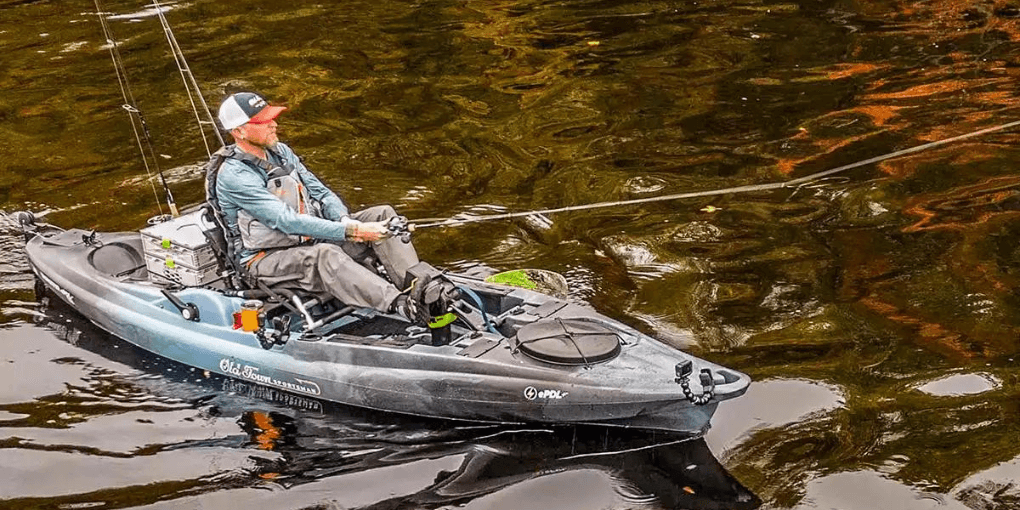
Choosing the right kayak can be a challenging task for a beginner. There are many factors to consider such as type of water, size, stability, and storage. Here are some important factors to keep in mind when choosing a kayak:
- Type of Water: The type of water you will be kayaking in will determine the type of kayak you need. For example, if you plan to kayak on calm lakes and rivers, a recreational kayak would be a good choice. For sea kayaking, a sea kayak would be more suitable. If you plan to participate in whitewater kayaking, a whitewater kayak is a way to go.
- Size: Kayaks come in different sizes. The size you choose will depend on your weight, height, and the type of water you plan to kayak in. Consider the weight capacity of the kayak, and choose a comfortable one for you.
- Stability: Stability is an important factor to consider when choosing a kayak. Recreational kayaks tend to be more stable, while whitewater kayaks are less stable but more maneuverable. Consider your skill level and the type of water you will be kayaking in when choosing a kayak for stability.
- Storage: If you plan to bring gear or supplies with you on your kayaking trips, consider the storage options available on the kayak. Look for a kayak with enough storage space for your needs, and make sure it is easily accessible while on the water.
- Price: Kayaks come in a wide range of prices, from entry-level recreational kayaks to high-end touring kayaks. Consider your budget and your goals for kayaking when choosing a kayak. Keep in mind that a higher-priced kayak may offer features and benefits that are important to you.
- Material: Kayaks can be made of different materials such as plastic, fiberglass, or composite materials. Consider the durability, weight, and price of the kayak when choosing a material.
It is also recommended to try out different kayaks before making a purchase to get a feel for their stability and comfort.
Talk to an experienced kayaker or a store that sells outdoor gear to find the best kayak for your needs.
Getting into the Kayak
Getting into a kayak for the first time can be intimidating. But there are a few tips and some practice is needed. it can be done easily and safely. Here are some steps for getting into a kayak:
Choose the right location: Find a calm, shallow area to get into the kayak. Avoid getting into the kayak in deep water or strong currents.
Approach the kayak from the shore: Walk up to the kayak and stand next to it, facing the front of the kayak.
Sit on the edge of the kayak: Sit on the edge of the kayak with your legs hanging over the side and your feet in the water. Keep your knees bent and your feet together.
Slide into the kayak: Slowly and carefully, swing your legs into the kayak and settle into the seat. Make sure you are comfortable and in a stable position before continuing.
Secure yourself: Fasten the foot pegs and hip braces to keep your legs in place. Make sure the backrest is adjusted to provide support.
Get comfortable: Take a moment to adjust your position and make sure you are comfortable in the kayak.
Put on your PFD: Put on your personal flotation device (PFD) and make sure it is properly fastened.
It is important to practice getting into the kayak before going on a longer trip.
With some practice, getting into the kayak will become easier and more comfortable.
It is always important to follow safety guidelines and take necessary precautions while kayaking.
Paddling Techniques

Paddling a kayak effectively and efficiently requires proper technique. Here are some basic kayak paddling techniques to help you get started:
Grip the paddle
Hold the paddle with both hands, one hand on top of the other. Your top hand should be near the center of the paddle, while your bottom hand should be near the blade.
Position your body
Keep your upper body straight and facing forward. Also should keep your knees bent and your feet flat against the footpegs. This will help you maintain stability while paddling.
Use your core muscles
Paddle with your core muscles, not your arms. This will help you maintain proper form and conserve energy.
Alternate strokes
Alternate strokes on each side of the kayak to maintain balance and stability.
Use a J-stroke
A J-stroke is a basic stroke used to turn the kayak to the right or left. To perform a J-stroke, paddle on one side and then turn the blade of the paddle perpendicular to the kayak at the end of the stroke.
Practice feathering
Feathering is the technique of rotating the paddle blade so it is parallel to the water’s surface. This helps reduce wind resistance and makes the paddle easier to control.
Use the right amount of power
Use just enough power to move the kayak forward without putting too much strain on your muscles.
Practice these techniques in a calm, controlled environment to improve your paddling skills.
You need to be comfortable with your kayak. As you gain experience, you can experiment with more advanced techniques to make your kayaking experience.
Safety Considerations
Kayaking can be a fun and exciting activity, but it’s important to follow safety guidelines to minimize the risk of accidents and injuries.
Here are some key safety considerations to keep in mind while kayaking:
- Always wear a properly fitting PFD while kayaking. This will help keep you afloat in the event of a capsizing or other accident.
- Before heading out on the water, check the weather forecast to ensure that conditions are safe for kayaking. Avoid kayaking in heavy winds, thunderstorms, or other hazardous weather conditions.
- Don’t push yourself beyond your limits or attempt to kayak in conditions that are too challenging for your skill level.
- Plan your kayaking route in advance and let someone know where you are going.
- Be aware of the water conditions and avoid kayaking in strong currents, rapids, or other hazardous areas.
- Know how to perform a self-rescue in case of capsizing or other emergencies.
- Bring the necessary equipment, such as a paddle float, a bilge pump, a repair kit, and a first-aid kit.
- Learn the waterway’s rules and regulations, such as the navigational guidelines and any unique limitations.
Encouragement to get started with kayaking
Kayaking is a fantastic activity that provides a unique way to explore the outdoors. You can get more exercise, and challenge yourself.
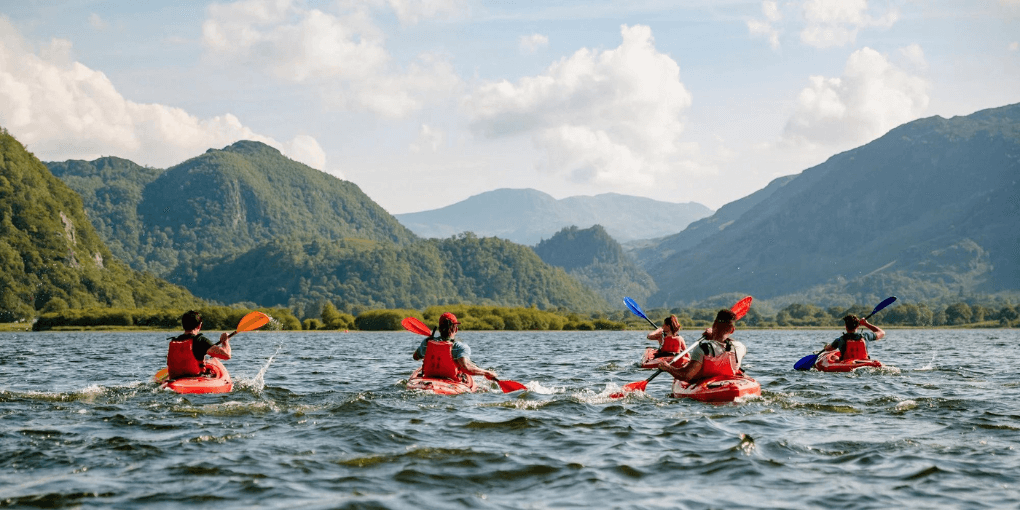
Whether you’re a seasoned kayaker or starting out, there’s something for everyone in this exciting and rewarding sport. Here are a few reasons why you should consider getting started with kayaking:
It’s a great way to enjoy the outdoors: Kayaking allows you to immerse yourself in nature. It enjoys the beauty of your surroundings from a unique perspective.
It’s a great form of exercise: Kayaking is a low-impact activity that provides a full-body workout. It’s a great way to get in shape, strengthen your muscles, and improve your endurance.
It’s a fun and challenging activity: Kayaking offers a great way to challenge yourself. You will develop new skills, and have fun while doing it. Whether kayaking in calm waters or tackling rapids, there’s always a new challenge to overcome.
It’s a great way to relax: Kayaking can be a meditative and calming experience. It helps you to disconnect from the stresses of everyday life and find inner peace.
It’s a great way to spend time with friends and family: Kayaking is a social activity that’s fun to do with friends and family. Whether exploring new waterways or enjoying each other’s company, kayaking is a great way to strengthen bonds.
Final Thought
In conclusion, kayaking can be a fun and rewarding activity for people of all ages and skill levels.
It’s essential to make safety a priority and to properly equip and prepare yourself before hitting the water.
By choosing the right kayak, getting into it, practicing proper paddling techniques, and following safety guidelines.
Taking a kayaking class or seeking instruction from a qualified professional is a great way to improve your skills.
It helps to gain more confidence in the water. Whether you’re kayaking for leisure or adventure, it’s a great way to enjoy the outdoors and challenge yourself in a new and exciting way.
FAQs
Kayaking is a fun water activity where you paddle in a small boat called a kayak. It's like an adventure on the water!
Absolutely! Kayaking is for everyone, including kids. There are special kayaks made just for us to have a great time paddling.
Wear a life jacket to stay safe on the water. It keeps you floating and having fun. Don't forget a hat and sunscreen to stay protected from the sun.
Sit in the middle of the kayak on the seat. Make sure you're comfortable, and your knees are bent a little. Wiggle your toes!
Hold the paddle with both hands, and dip one side in the water, then the other. It's like making big scoops in the water. Practice makes perfect!

